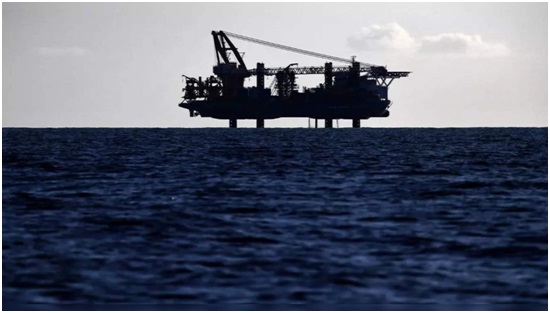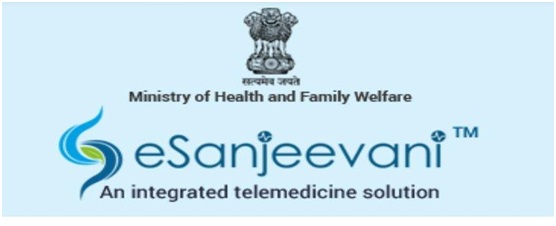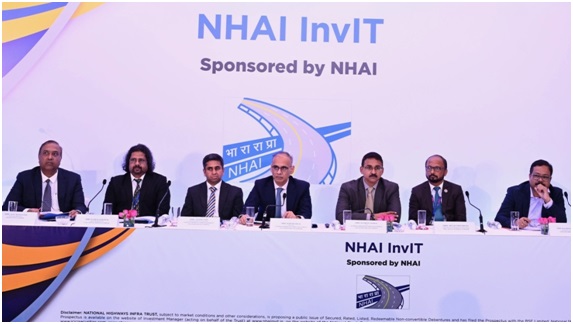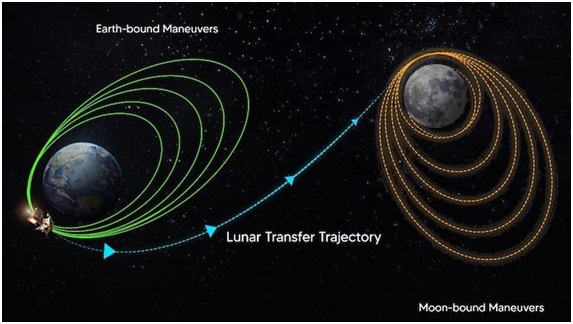ZARTH App (The Hindu)

- 02 Aug 2023
Why in the News?
The Center for Data-Driven Discovery at the California Institute of Technology has recently unveiled the ZARTH app, enabling smartphone users to actively search for transients.
What is ZARTH App?
ZARTH (ZTF Augmented Reality Transient Hunter) combines the excitement of an augmented reality mobile game with serious scientific pursuits. This innovative app empowers users to engage in real science while enjoying a gaming experience.
Key Features:
- Leveraging the open-source Sky Map, the ZARTH app integrates daily data from the Zwicky Transient Facility (ZTF) at California's Palomar Observatory.
- The Palomar Observatory houses the prestigious 200-inch Hale reflector, one of the world's oldest and most powerful telescopes.
- The ZTF conducts bi-daily scans of the entire northern sky, generating crucial large-area sky maps with applications in tracking near-earth asteroids and studying supernovae.
- Each day, the ZARTH app receives real-time data on transients detected by the ZTF, including flaring stars, white dwarf binaries, active galactic nuclei, and other intriguing types.
- Transients are ranked based on rarity and significance, fostering a competitive environment among players who strive to earn points and daily credits displayed on leaderboards.
Offshore Areas Minerals (Development and Regulation) Amendment Bill, 2023 (Indian Express)

- 02 Aug 2023
Why in the News?
The Offshore Areas Minerals (Development and Regulation) Amendment Bill, 2023, has been successfully passed by the Lok Sabha.
The Offshore Areas Minerals (Development and Regulation) Amendment Bill, 2023:
It seeks to amend the existing Offshore Areas Mineral (Development and Regulation) Act, 2002, to regulate mining activities in India's maritime zones.
The key highlights of the Bill include:
- Reservation of Offshore Areas: The government is empowered to reserve offshore areas not under any operating rights.
- Composite Licence and Production Lease: The administering authority can grant composite licenses or production leases to the government or a government company.
- Fixed Production Lease Period: The provision for renewal of production leases is removed, and a fixed period of fifty years, akin to the Mines and Minerals (Development and Regulation) Act 1957, is introduced.
- Auction-Based Allocation: Private sector entities can acquire production leases through auction by competitive bidding.
- Operating Rights for Government Entities: Operating rights without competitive bidding can be granted to government or government companies or corporations in mineral-bearing areas reserved by the central government.
- Atomic Minerals: For atomic minerals, exploration licenses or production leases can only be granted to the government or government corporations.
- Production Commencement Timeline: A four-year timeline for production commencement and dispatch after the execution of composite licenses or production leases is introduced, with a two-year timeline (extendable by one year) for re-commencement of production and dispatch after discontinuation.
- Framing Rules for Conservation and Environment: The central government is enabled to establish rules for mineral conservation and systematic development in offshore areas, along with measures to protect the environment and control pollution resulting from exploration or production operations.
eSanjeevani (India's Integrated Telemedicine Solution ) (Indian Express)

- 02 Aug 2023
Why in the News?
The Union Health Minister revealed to the Rajya Sabha that the eSanjeevani telemedicine application, introduced by the Centre, has successfully conducted a remarkable 14,17,81,384 teleconsultations.
About eSanjeevani:
- eSanjeevani is an integrated telemedicine solution, hosted on the cloud, developed by the Ministry of Health and Family Welfare, Government of India.
- This telemedicine app facilitates seamless communication between doctors and patients as well as doctor-to-doctor interactions.
- The Centre for Development and Advanced Computing (C-DAC), Mohali, is responsible for the design, development, deployment, and maintenance of this platform.
- The eSanjeevani system consists of two essential modules:
- eSanjeevani AB-HWC:
- This module serves as a doctor-to-doctor telemedicine platform, strategically implemented across all Health and Wellness Centres (HWCs) in the country under the Ayushman Bharat Scheme.
- It operates on a Hub-and-Spoke model, with zonal hubs comprising MBBS/Specialty/Super-Specialty doctors connected to state-level Ayushman Bharat-Health and Wellness Centers.
- eSanjeevani OPD:
- Rolled out in 2020 during the initial Covid-19 lockdown when outpatient departments (OPDs) were closed, this module enables patient-to-doctor remote consultations.
- People can access outpatient services from the comfort of their homes, ensuring healthcare accessibility during challenging times.
- eSanjeevani represents a significant step towards enhancing healthcare accessibility and digital healthcare services across India.
Infrastructure investment trust (InvIT) (Business Standard)

- 02 Aug 2023
Why in the News?
The government is actively developing a proposal to introduce a new Infrastructure Investment Trust (InvIT) dedicated to national highways. This initiative aims to enable domestic retail investors to own units of the trust, expanding opportunities for individual investors to participate in highway infrastructure projects.
What is Infrastructure Investment Trust (InvIT)?
- An Infrastructure Investment Trust (InvIT) functions as a Collective Investment Scheme, offering a pathway for both individual and institutional investors to directly invest in diverse infrastructure projects.
- Operating akin to mutual funds, InvITs are established as trusts and undergo registration with Sebi (Securities and Exchange Board of India).
- InvITs involve four key parties:
- the Trustee, Sponsor(s), Investment Manager, and Project Manager. The Sebi-certified Trustee assumes the crucial role of overseeing the InvIT's performance. Meanwhile, the Sponsor(s) act as the company's promoters responsible for creating and setting up the InvIT.
- Overall, InvITs present an attractive investment option, as they allow investors to participate in the development of vital infrastructure projects while enjoying the benefits of a collective investment structure similar to mutual funds.
What is NHAI InvIT?
- NHAI InvIT is an infrastructure investment trust proudly sponsored by the National Highways Authority of India (NHAI) to bolster the government's National Monetisation Pipeline (NMP) initiative.
- This Trust has been established by NHAI in accordance with the Indian Trusts Act, of 1882, and adheres to the regulations set forth by SEBI (Security and Exchange Board of India).
- The NHAI InvIT plays a vital role in supporting the nation's infrastructure development by providing a platform for investors to participate in highway projects' growth and monetization.
- Through this innovative investment vehicle, NHAI aims to tap into private and institutional investments to enhance the funding and execution of critical infrastructure projects across the country, ultimately contributing to India's overall economic progress.
TransLunar Injection (TLI) (The Hindu)

- 02 Aug 2023
Why in the News?
The TransLunar Injection (TLI) was performed successfully from ISRO Telemetry, Tracking and Command Network (ISTRAC) in Bengaluru recently.
What is the TransLunar Injection (TLI)?
- TransLunar Injection (TLI) is a crucial space mission maneuver, propelling spacecraft from Earth's orbit to a trajectory aimed at reaching the Moon.
- An essential step in lunar missions, TLI allows spacecraft to break free from Earth's gravity and commence their journey toward the Moon.
- TLI is executed when the spacecraft reaches the perigee, the closest point to Earth in its orbit.
- During TLI, the spacecraft's propulsion system ignites its engines, accelerating the craft and providing the necessary speed to escape Earth's gravitational pull.
- The thrust and duration of the TLI burn are determined by factors like spacecraft mass, Earth's orbital velocity, and specific mission objectives.
- Following a successful TLI, the spacecraft is directed onto a lunar trajectory, continuing its autonomous journey to the Moon without further reliance on Earth's propulsion.
- Subsequent to TLI, the spacecraft enters a transfer orbit, an elliptical path that intersects with the Moon's orbit.
- The spacecraft traverses this highly eccentric orbit until it reaches the lunar surface.
- As the spacecraft approaches the Moon, additional maneuvers like lunar orbit insertion (LOI) may be executed to enter lunar orbit or facilitate landing, based on the mission's objectives.
- TLI has been effectively utilized in numerous Moon missions, including Apollo, Chang'e, and Artemis missions.
